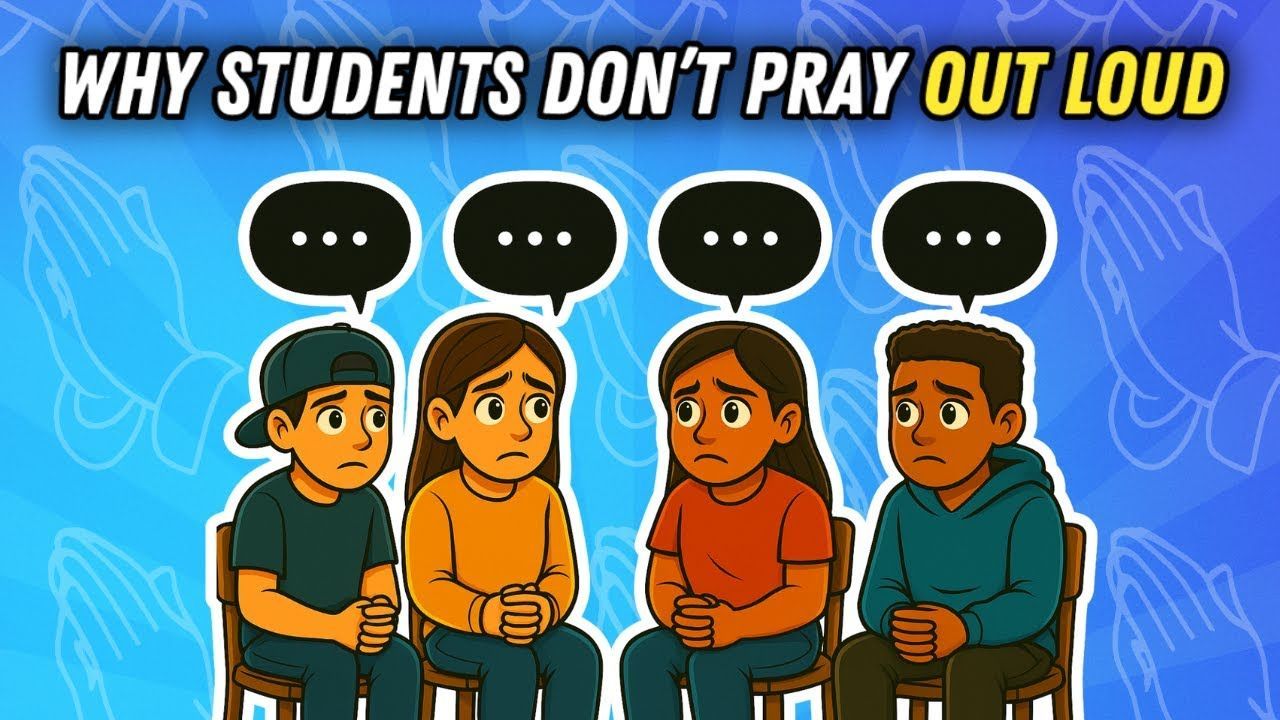How to Avoid Frustration and Discouragement When Attendance Drops | Beyond The Youth Room • Ep 75
How to Avoid Frustration and Discouragement When Attendance Drops Beyond The Youth Room • Ep 75
Check out the podcast here!
How to Avoid Frustration When Youth Group Attendance Dips
Welcome to another episode of Beyond the Youth Room podcast! I'm Keith, and this is Ryne. Today, we’re diving into a topic that every youth pastor faces at some point—dips in attendance. When numbers drop, it can be discouraging, but we’re here to remind you to stay encouraged and keep the right perspective.
Understanding the Reality of Attendance Dips
There are plenty of reasons why attendance fluctuates in youth ministry. Seasonal changes, school schedules, sports commitments, and even daylight savings time can all impact how many students show up. For example, March tends to be a time when attendance dips as students are pushing through school without many breaks. It’s easy to focus on who isn’tthere, but we need to remind ourselves that this is a normal part of ministry.
Step 1: Don’t Panic
Early in ministry, a drop in numbers can feel like a personal failure. But the truth is, youth group attendance is cyclical. There will be high seasons and low seasons. Instead of hitting the panic button, track attendance trends over time. This data will help you anticipate dips and recognize patterns. When you realize that your March dip happened last year too, you’ll feel less pressure to “fix” something that isn’t broken.
Step 2: Remember Your Role
It’s important to recognize that while we desire for students to be present, we are not ultimately responsible for their attendance. What we are responsible for is knowing why they aren’t there and staying connected with them. If a student is missing, a simple text or call can show that you care. This helps foster relationships beyond just their physical presence at youth group.
Step 3: Keep a Growth Mindset
When attendance dips, don’t shift your focus to just maintaining—keep growing! If last March your numbers dipped but this year’s overall numbers are higher than last year’s, that’s still growth. Keep investing in students, reaching out, and trusting that God is still at work, even in seasons of lower attendance.
Step 4: Focus on Who’s There
It’s easy to get distracted by those who are absent, but the ones who are there deserve our full attention. Jesus Himself experienced a dip in attendance (John 6:66-69), but He remained focused on those who stayed. Instead of worrying about empty seats, be intentional about pouring into the students who show up. When attendance is lower, it can actually be an opportunity to go deeper with those present.
5. See Those Missing as Sent
One of the biggest frustrations in youth ministry is when students stop showing up. But what if, instead of viewing their absence as a failure, we saw it as an opportunity?
Sometimes students miss youth group for legitimate reasons—maybe they’re in a sports season, rehearsing for a play, or involved in another commitment. Instead of focusing on their absence, what if we commissioned them as missionaries to those spaces? We can shift our mindset by encouraging students to see themselves as “sent” to their teams, casts, and clubs. Just like a short-term mission trip, their time away from youth group can be a time of ministry.
A helpful approach is to acknowledge their situation and equip them for impact:
- “Hey, I know you’ll be at swim practice on Wednesday nights for the next three months, and we’ll miss you. But we want you to see yourself as sent to your team! Represent Jesus well and look for opportunities to share His love.”
- “Your play rehearsals are keeping you from youth group right now, but we want you to be a light in that space. We’re praying for you!”
You can even make it an intentional moment by bringing students up before the group, praying over them, and commissioning them as missionaries to their temporary mission field. It shifts the focus from disappointment to purpose and encourages students to embrace their role as disciple-makers wherever they are.
Of course, not every absence is due to a noble cause—some students just prefer to sleep in. But for those genuinely engaged elsewhere, viewing them as sent rather than missing changes the game.
6. Minister Outside the Four Walls
Youth ministry doesn’t just happen in a church building. Some of the most effective disciple-making happens outside of Wednesday nights or Sunday mornings. We need to go where students are!
Rather than measuring success by how many students attend a weekly gathering, we should recognize the ministry happening beyond the church walls. Here are a few ways to do that:
- Attend their games, plays, and performances. Show students and parents that you care about them beyond youth group.
- Encourage leaders to engage students one-on-one outside of formal meetings.
- Plan informal hangouts—grab wings, go to a coffee shop, or meet up at a park. It doesn’t always need to be structured; just being present makes an impact.
- Celebrate students’ involvement in their schools and communities, reinforcing that their faith goes beyond church.
One leader shared a great example of this when she found out a student had made the school softball team and would be
missing youth group for a season. Instead of being frustrated, she said, “I’ll have to reach out and grab dinner with her.” That attitude makes all the difference! When students know they’re valued even when they’re absent, they’re more likely to stay connected and return when they can.
Youth ministry is about relationships, not just attendance. When we minister beyond the four walls, we remind students that their faith is meant to be lived out in everyday life.
If you’ve been feeling discouraged in ministry, know that you’re not alone. Every youth leader faces challenges, but shifting your perspective can make all the difference. Instead of focusing on who isn’t there, invest in who is. Instead of lamenting low numbers, celebrate the work happening outside your walls. And most of all, remember that God is always at work—even when things don’t go as planned.
What strategies have helped you stay encouraged in youth ministry? Let’s continue the conversation!











